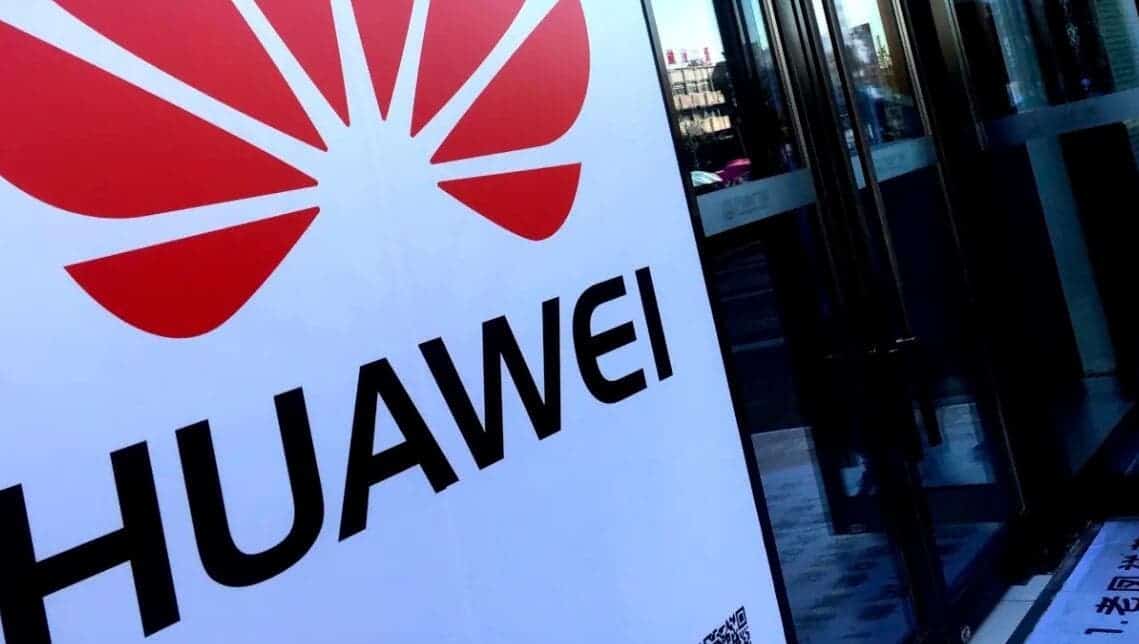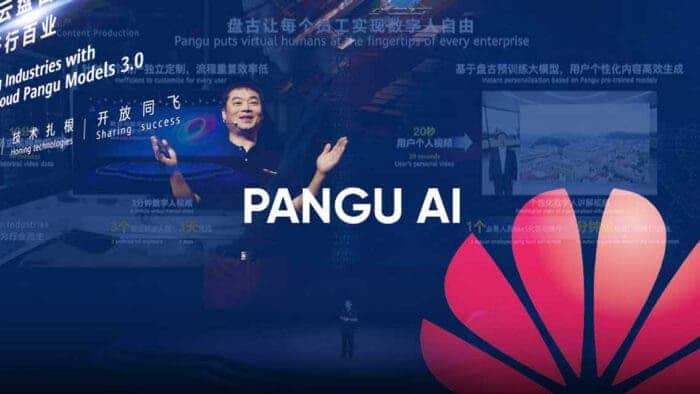Huawei has launched Pangu 3.0 models, a new computing powerhouse for the AI industry. With a calculation capacity of up to 2000 petaFLOPS and models with up to 100 billion parameters, Huawei is helping to drive value creation in different industries.
Huawei Pangu 3.0 AI Models: Driving Competitiveness and Value Creation

Pangu 3.0 models focus on developing core competitiveness and helping customers, partners and developers operationalize AI and drive real value across diverse industries.
So, with Ascend AI’s cloud services, a single compute cluster can provide a processing capacity of 2000 petaFLOPS and a cluster with 1000 boards can train a model with a billion parameters for 30 consecutive days. This reliable computational power has made complex models more accessible than ever to industry customers.
Also, launching the Pangu 3.0 models, Zhang Ping’an, Chief Executive Officer of Huawei and CEO of Huawei Cloud, announced that Pangu 3.0 has three main goals: reshaping industries, enhancing technologies, and sharing success.
“Huawei Cloud’s Pangu models will empower everyone across all industries with an intelligent assistant, making them more productive and efficient. We will maintain our ‘AI for Industries’ mission and use Pangu models to reshape all industries with AI. Every developer will have the power to change the world,” Zhang said.
Three-Tier Architecture
Pangu 3.0 models use a three-layer architecture called “5+N+X”, which includes the L0, L1 and L2 layers.
- Layer L0 is composed of five fundamental models: NLP, CV, multimodal, forecasting, and scientific computing. These models provide general skills to support a multitude of industry-specific applications.
- Layer L1 consists of industry specific models. Huawei Cloud can provide customers with models for government, finance, manufacturing, mining and meteorology, trained based on open industry data sets. Alternatively, customers can train their own models using their own datasets, based on the Pangu L0 or L1 models.
- Layer L2 provides pre-trained models for industry specific scenarios and tasks, such as intelligent government service, intelligent branch assistant, principal compound screening, foreign object detection on conveyor belts, and typhoon trajectory prediction. These models can be deployed quickly.
So, the hierarchical architecture of Pangu models allows them to be quickly adapted for a wide range of downstream tasks. Customers can load independent datasets to train their own models. They can choose to update the fundamental models or just the specific skills.
Based on the L0 and L1 models, Huawei Cloud also offers model development sets for each industry. Allowing customers to quickly train their own models using their own data sets. In addition, Pangu models support different deployment modes, including public cloud. It’s a dedicated zone for large models in the public cloud, and a hybrid cloud. This helps meet customers’ different security and compliance requirements.
Integration of Pangu 3.0 Models in Huawei Cloud
![]()
Pangu models are also part of Huawei Cloud products and services, boosting productivity at scale.
- For example, Pangu automatically generates text and code, accelerating product launches and onboarding users into new offerings.
- Cloud customer service incorporates industry knowledge and intent mining, improving the efficiency of the entire process by 30% through automated responses with AI and subsequent human intervention.
- In the case of business intelligence (BI), NL2SQL and AutoGraph offer automatic visual graph recommendations from SQL statements. Multiple natural language interactions make it easy to present insights from data. In cloud search, multimodal embedding and NL2API increase the accuracy of video, text, and graphic search by 15% through powerful semantic understanding and generalization.
Conclusion
Huawei’s Pangu 3.0 models are driving the AI industry forward, offering reliable computing power and pre trained models for a wide variety of tasks in each industry. With a three tier architecture and the ability to customize, Pangu models enable customers to develop AI solutions tailored to their specific needs.
Huawei is empowering all industries with AI and invites developers to be part of this transformation. With Pangu 3.0 models, every developer has the power to change the world.
Here are some additional insights about Pangu 3.0 models:
- The models are trained on a massive dataset of over 100TB of data, which includes text, images, and video.
- The models are able to perform a wide range of tasks, including natural language processing, computer vision, and forecasting.
- The models are available on Huawei Cloud, which makes them easy to deploy.





